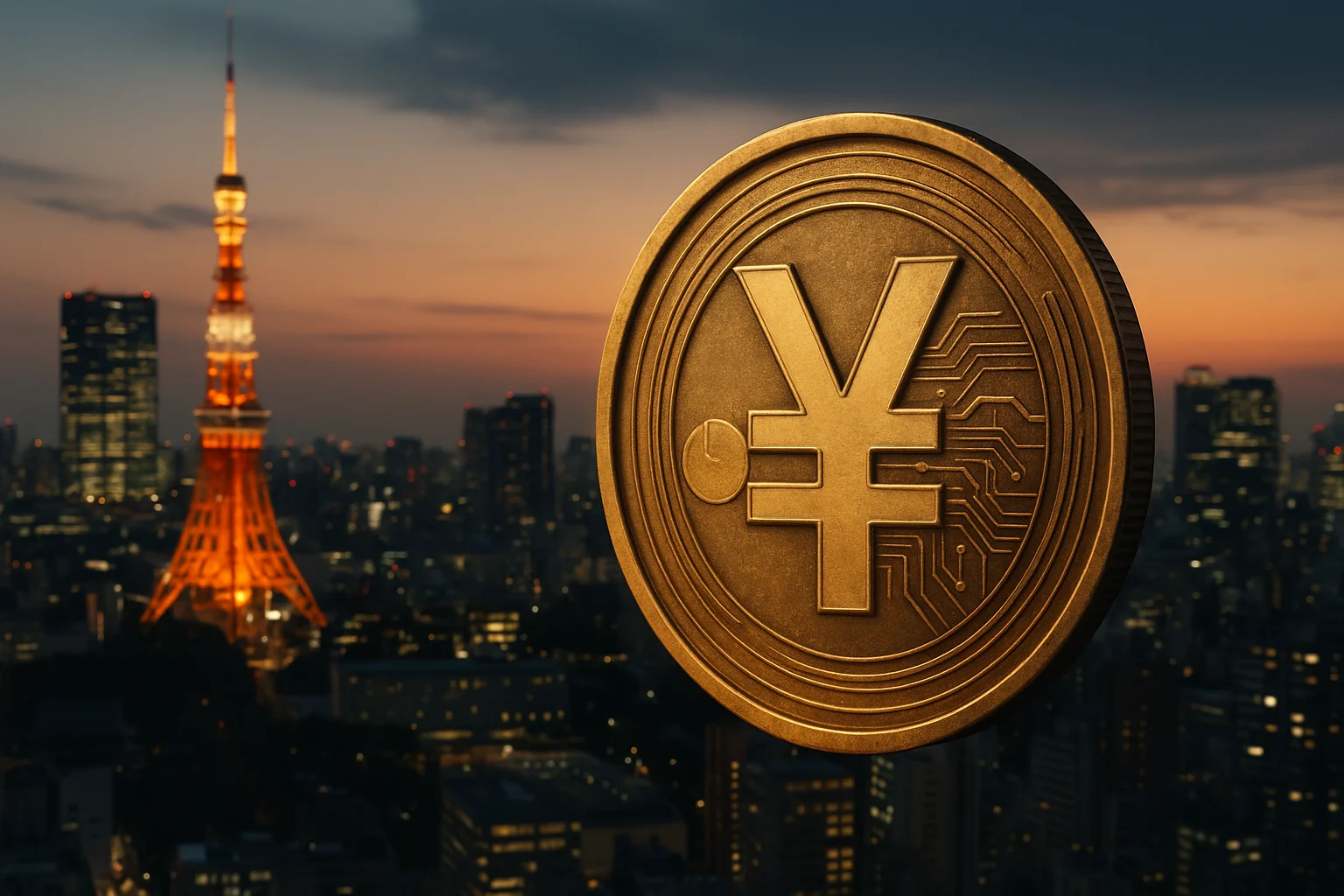Japan is turning a new page in its financial system, long dominated by cash and credit card payments. The country aims to make digital currency a part of everyday finance by launching the world's first stablecoin pegged to the Japanese yen (JPY) on Monday, October 28th.
Stablecoin Launches in Japan
Tokyo-based fintech startup JPYC Inc. announced the launch of its first fully legal yen stablecoin. The company's JPYC token is pegged 1:1 to the Japanese yen and is fully backed by local bank deposits and Japanese government bonds (JGB). This structure allows JPYC to offer a digital currency alternative where investors and businesses can trade securely.
JPYC announced that it will waive transaction fees to attract users during the launch period and will generate revenue from interest earned on its government bond holdings. The company also announced that it will be traded on multiple blockchain networks, including Avalanche, Ethereum, and Polygon. After verifying their identity with Japan's "My Number" identification system, users can purchase tokens through a platform called JPYC EX.
JPYC's goals are quite ambitious. The company aims to reach a circulation of 10 trillion yen (approximately $65 billion) within three years. For comparison, USDT, the world's largest stablecoin, currently has a market capitalization of approximately $183 billion. To achieve this goal, JPYC has already begun partnering with retailers, e-commerce, and enterprise software. For example, Densan System is developing JPYC-integrated payment systems, while Asteria plans to integrate the token into its data integration software. Crypto wallet provider HashPort has also announced that it will support JPYC transactions.
This development is directly linked to Japan's new stablecoin regulations, which came into effect in 2023. Last year, the government updated regulations under the Funds Settlement Act and the Banking Act, requiring stablecoin issuers to be officially registered. This reform has boosted confidence in the sector and made the country one of the most regulated stablecoin centers in Asia.
The launch of the JPYC also aligns with Japan's growing trend toward cashless payments. According to government data, the cashless payment rate, which stood at 13 percent in 2010, reached 42.8 percent by 2024. This growth paves the way for the adoption of assets like the digital yen.
Meanwhile, Japan's major banks are taking similar steps. Mitsubishi UFJ, Sumitomo Mitsui, and Mizuho Bank are working on both yen- and dollar-denominated stablecoin projects. These initiatives could accelerate the transition of digital assets into mainstream finance in the country.
According to experts, the success of the JPYC could also be a significant turning point for Asia as a whole. At a time when dollar-pegged tokens account for over 99 percent of the total stablecoin supply, a yen-based alternative is expected to diversify liquidity. In this way, Japanese companies will be able to make faster and lower-cost transactions by reducing their dependence on dollars in payments.




